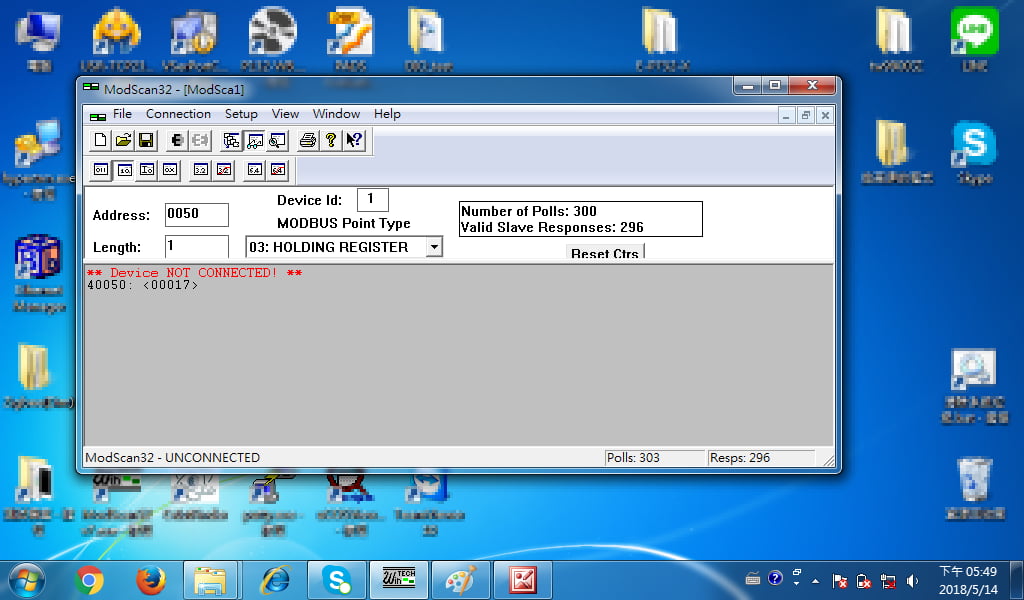LoRa should be described in terms of transmission effectiveness, not transmission speed.
Transmission effectiveness refers to how many successful responses the data polling end receives.
LoRa transmission effectiveness depends on the operating environment and the frequency of polling for data.
Below are various test results at different distances in free open space.
The test method is to send less than 100 bytes of commands from the laptop to poll the sensor for data.
| Distance in free open space | 100 meters | 300 meters | 400 meters | 600 meters | 600 meters |
| How often to poll for data | Every 2 seconds | Every 2 seconds | Every 2 seconds | Every 2 seconds | Every 1 second |
| Test duration | 5 minutes | ||||
| Total polls for data | 150 | 150 | 151 | 151 | 300 |
| Total responses | 146 | 148 | 147 | 148 | 296 |
For example, if receiving fewer responses is acceptable, you could change polling for data every 1 second to polling for data every 0.8 seconds.
So the frequency of polling for data can be adjusted until having the expected results.
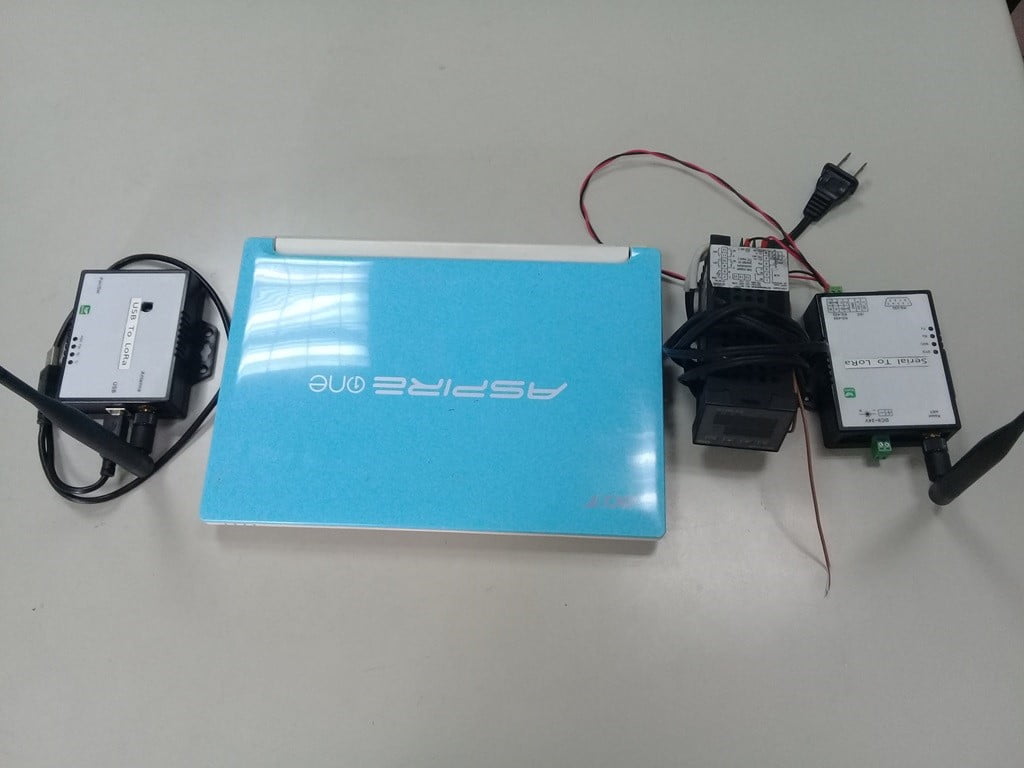 |
Test equipment
1 laptop 1 x sensor (temperature + humidity) 2 x LR200 (LoRa to serial port) |
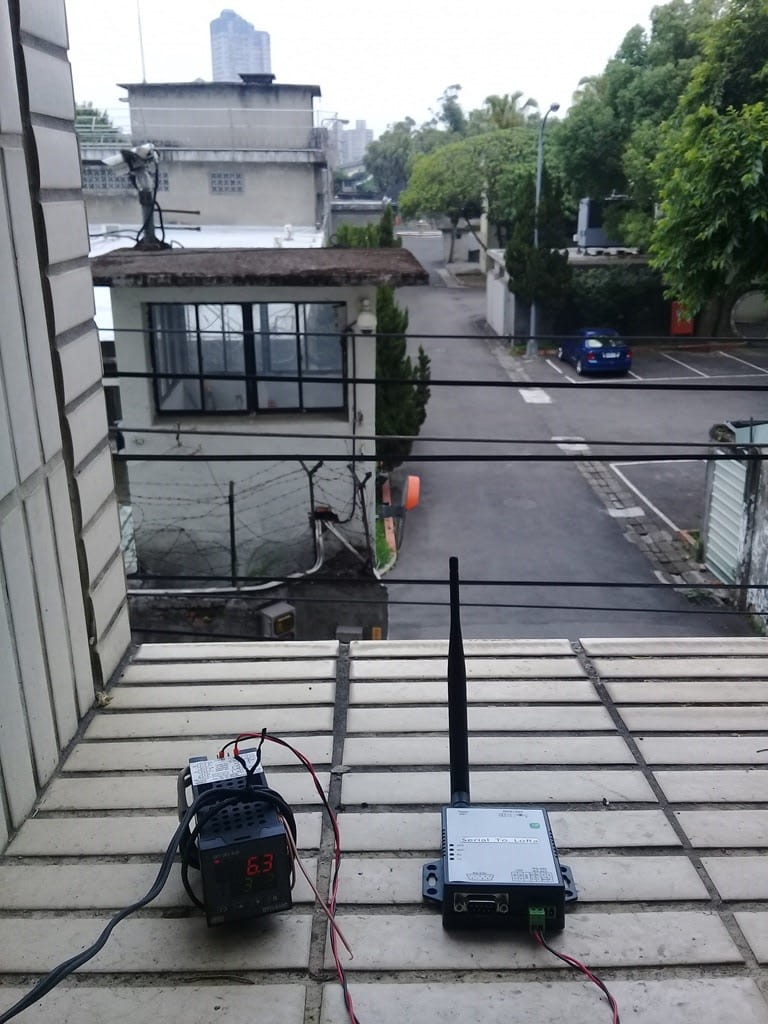 |
Connect the sensor to one LR200 via RS485.
Connect the laptop to another LR200 to poll the sensor for data. |
Test at 100 meters apart.
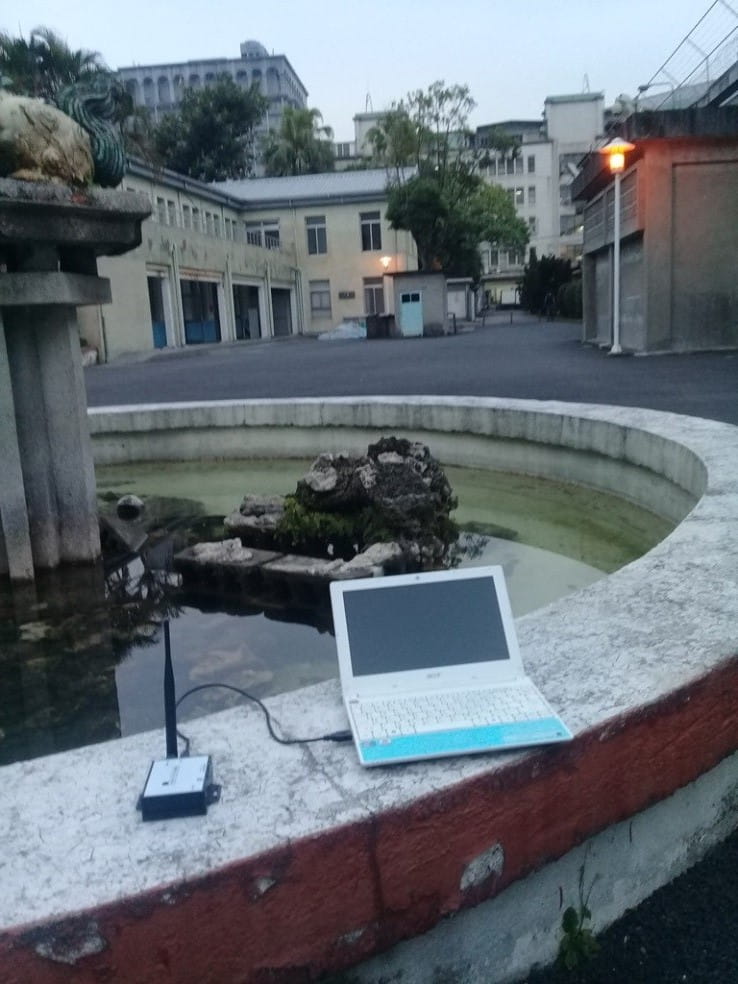 |
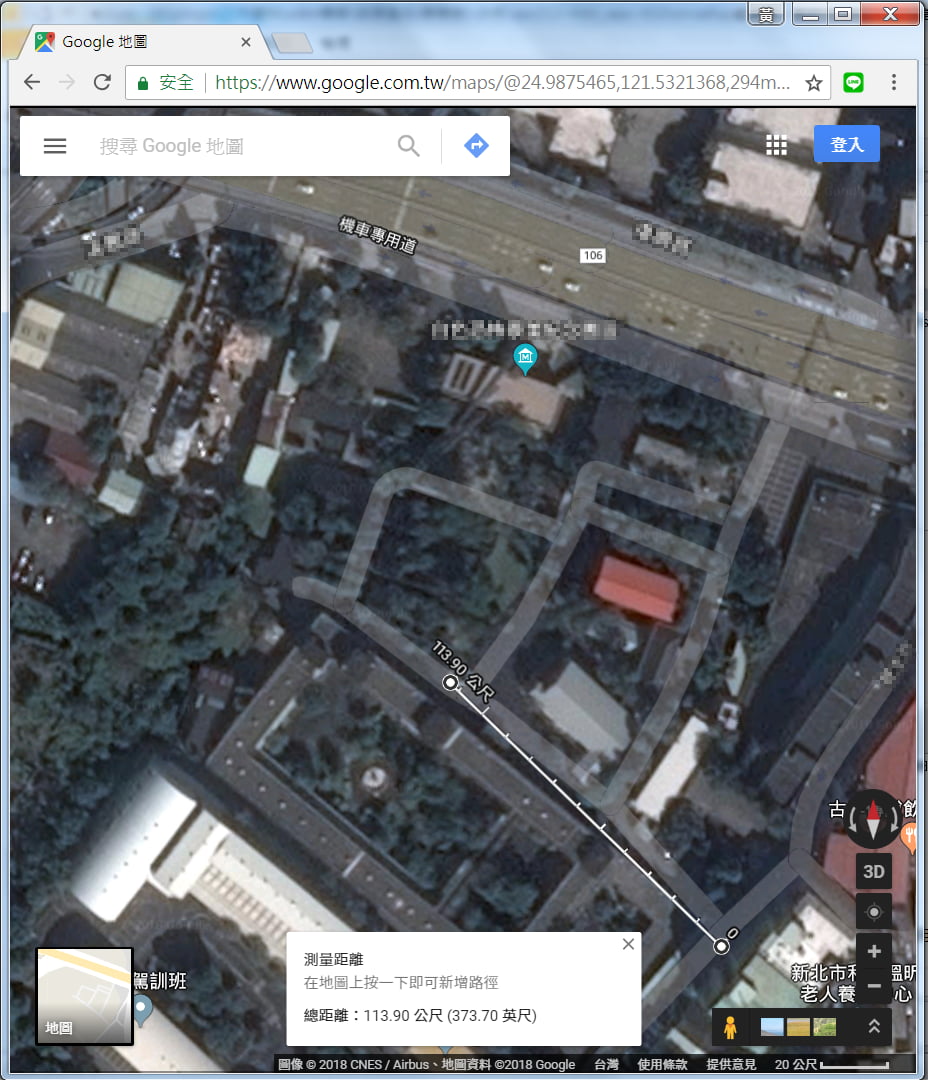 |
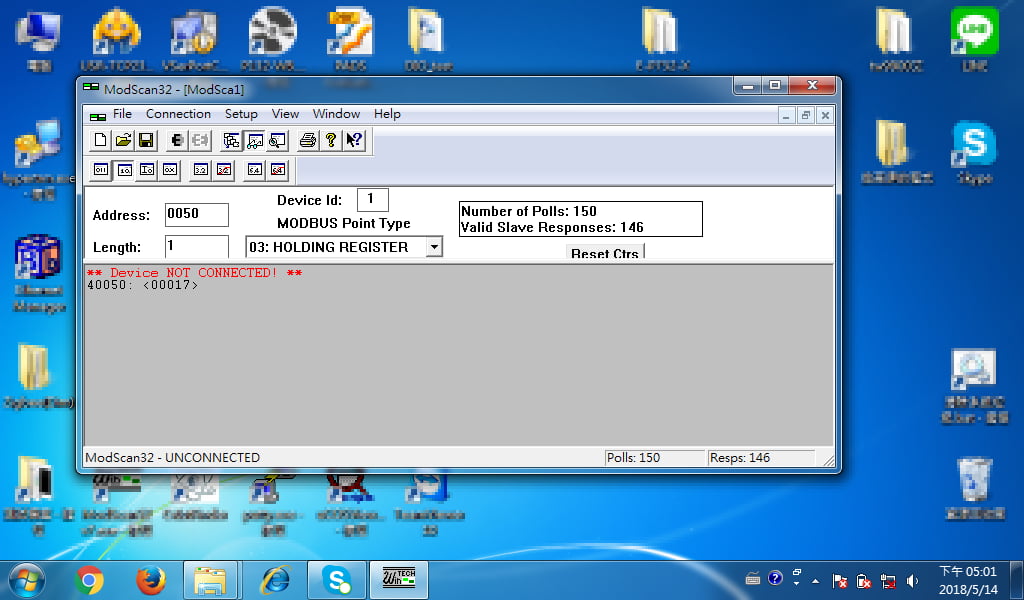 |
|
Test at 300 meters apart.
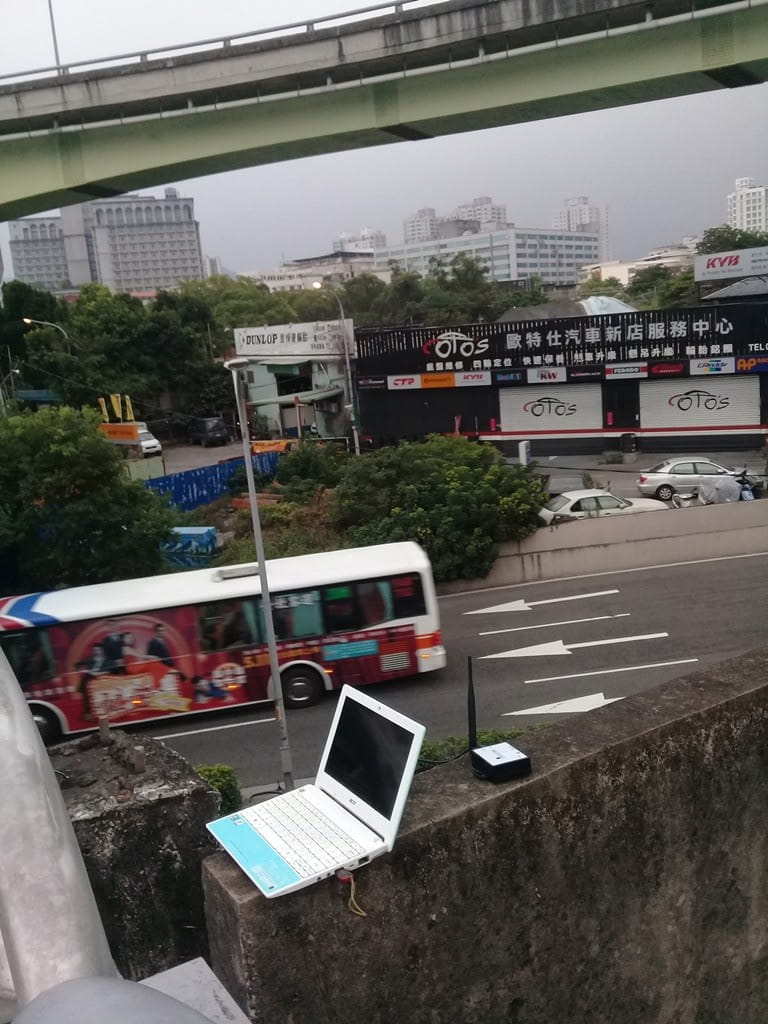 |
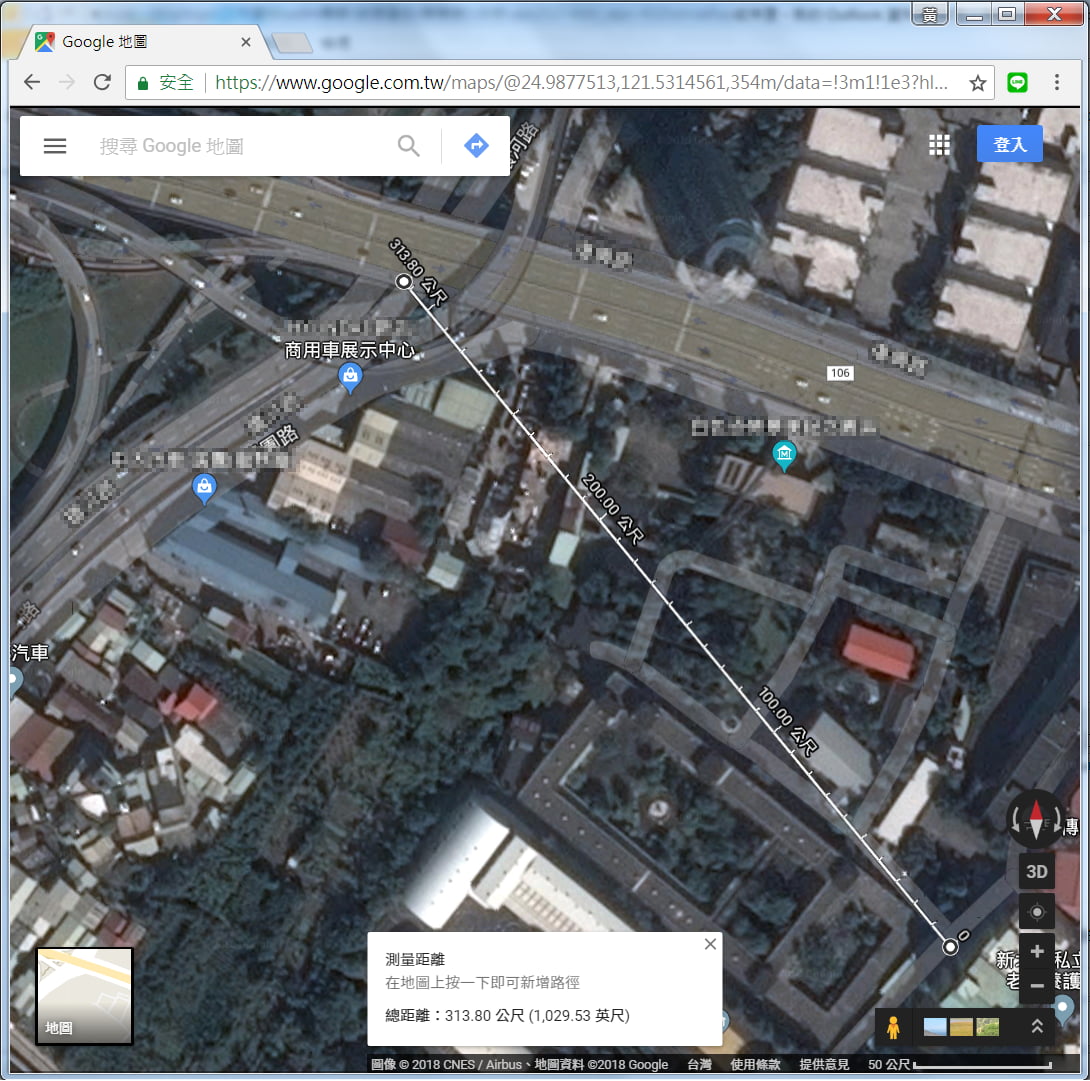 |
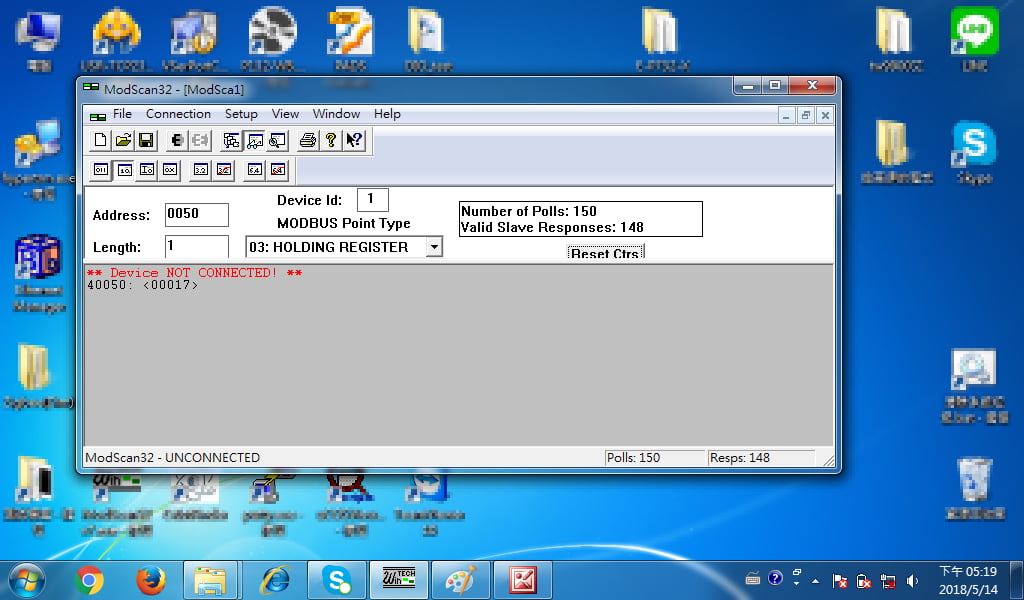 |
|
Test at 400 meters apart.
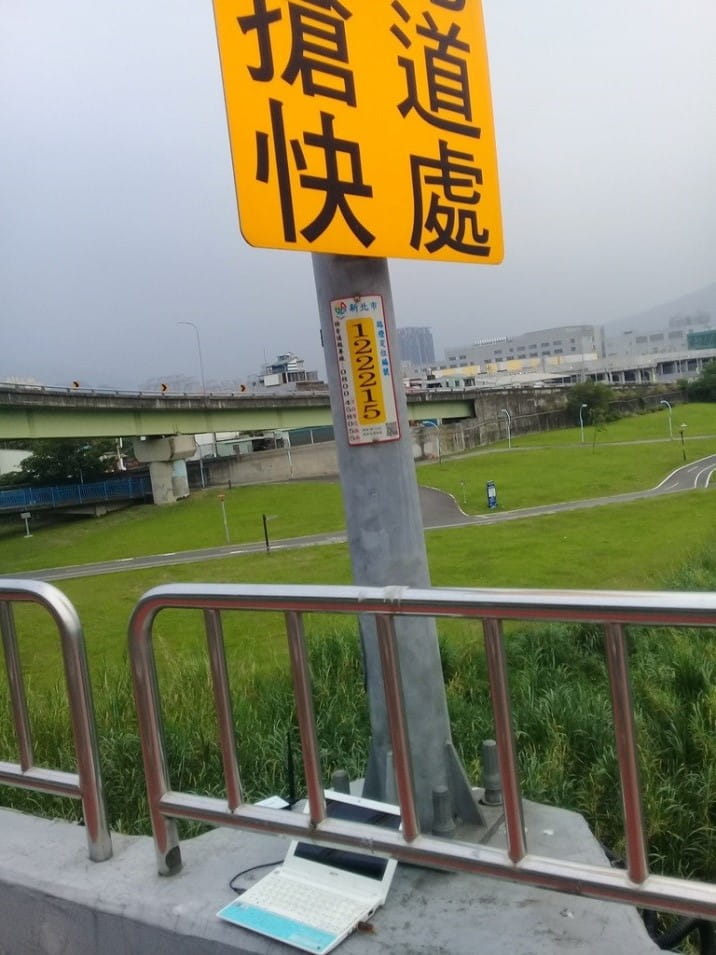 |
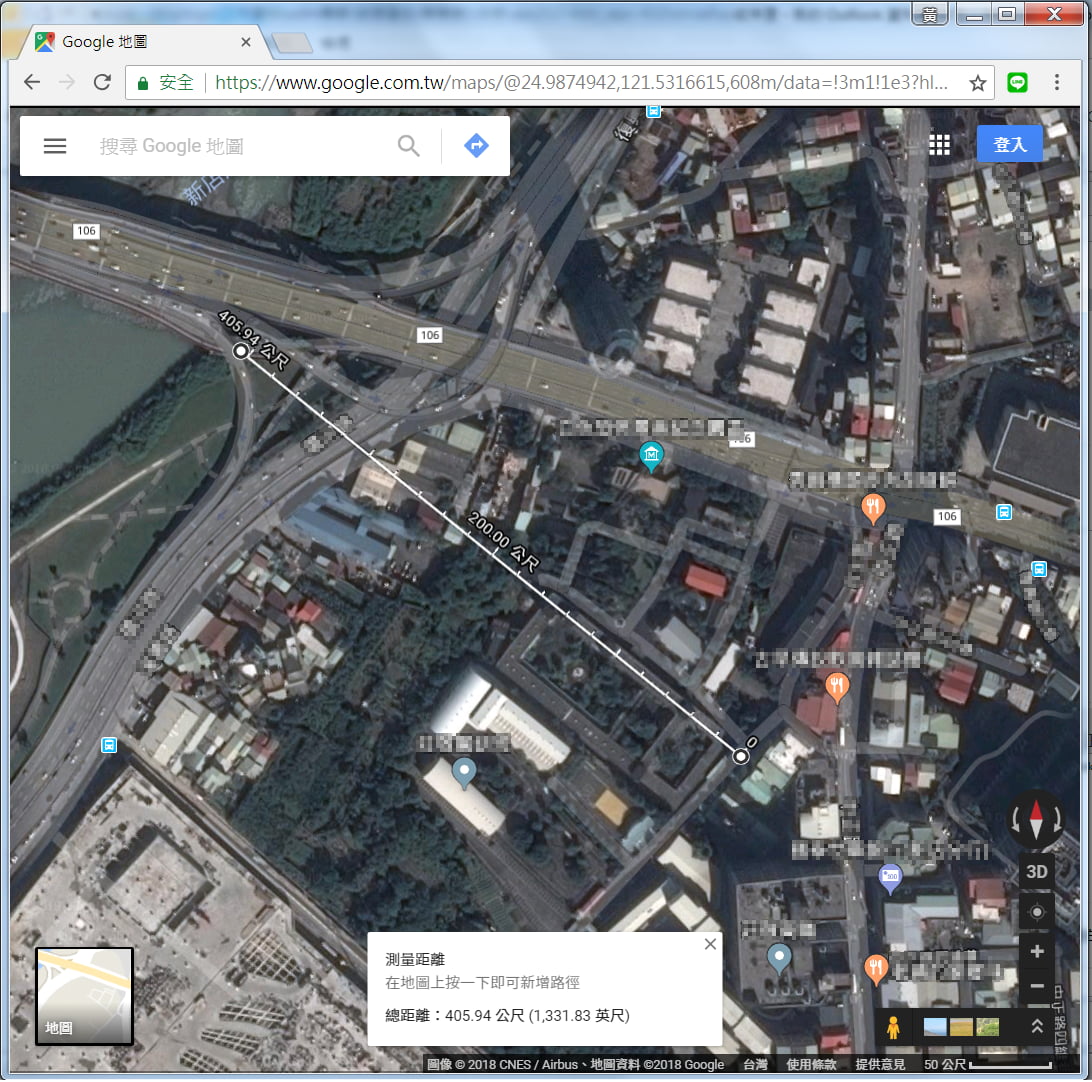 |
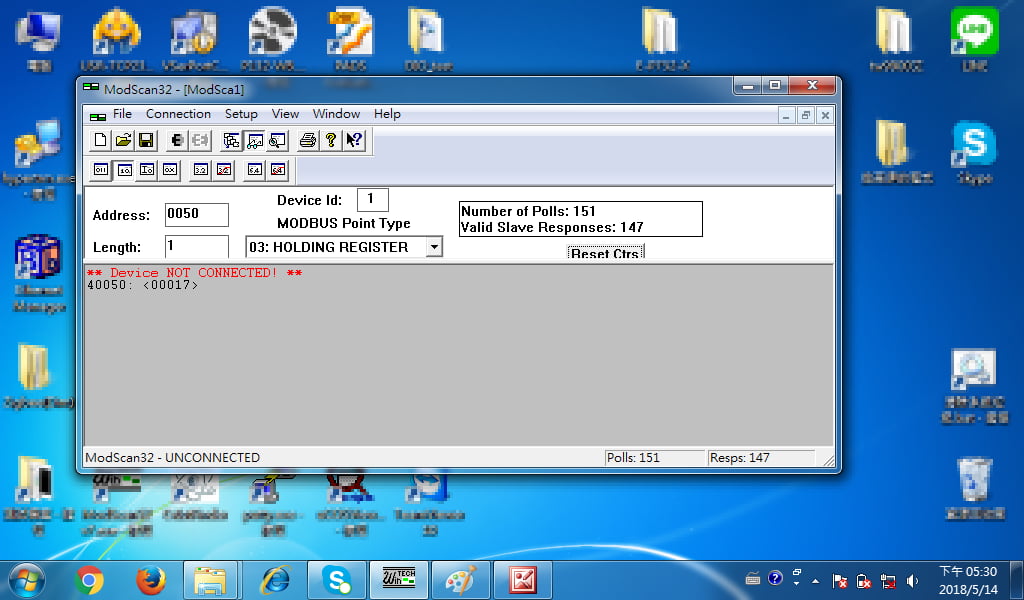 |
|
Test at 600 meters apart.
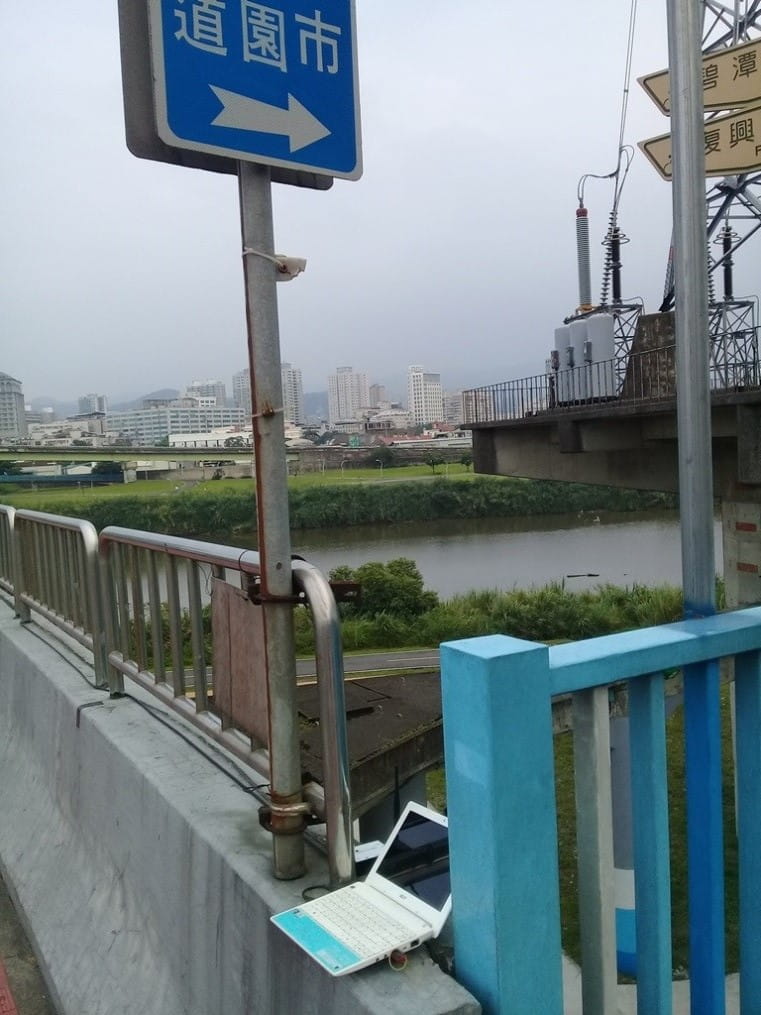 |
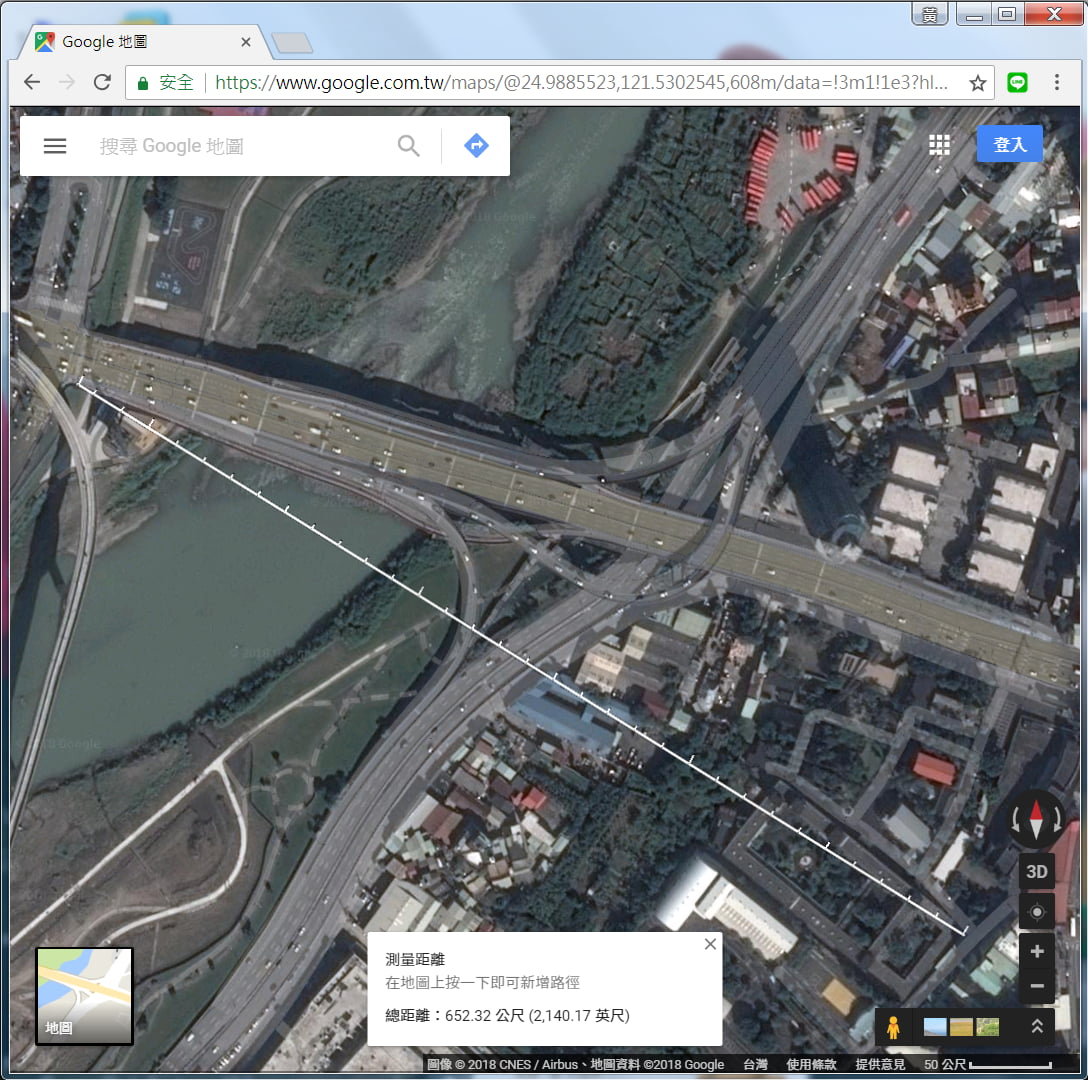 |
Poll the sensor for data every 2 seconds.
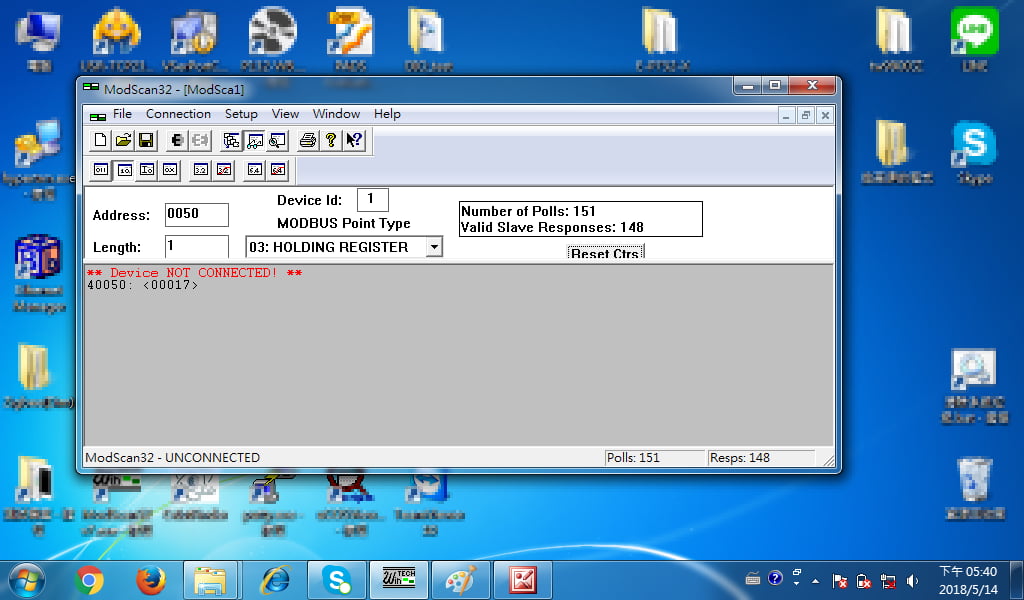
Poll the sensor for data every 1 second.
